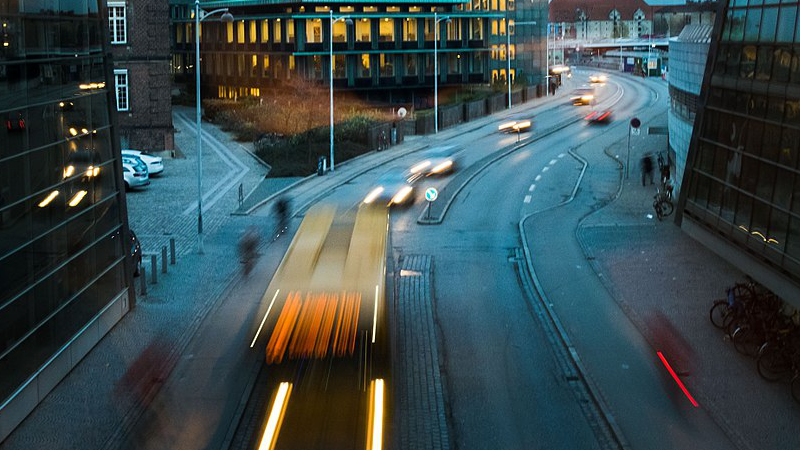In Europe, transport is accountable for around 25% of the region’s greenhouse gas (GHG) emissions, making it the second biggest emitter after energy. Road transport specifically is responsible for 20% of the GHG emissions in the region.
It is, therefore, crucial to decarbonize road transport in order to minimize aggregated GHG emission levels. It is, however, a big challenge as the transport sector is the only major sector where emissions today are higher than they were in 1990. Emissions from transport have, between 1990 and 2007, increased by 33%.
94% of all transport in Europe is dependent on oil. The Paris Declaration on Eco-Mobility and Climate Change and Call to Action states that in order to limit the global temperature rise to below 2 degrees Celsius, the transport emissions trajectory must change.
The declaration calls for governments on all levels, businesses, initiatives and others to commit to taking action. To achieve this goal, the road transport sector needs either fewer cars or more electric drive vehicles, or a combination of both.
Sweden
In 2016, road transport in Sweden accounted for 30% of all GHG emissions in the country, which is a higher share than that of the EU. Reducing emissions from this sector is crucial for meeting national climate goals and for Sweden do its part of the Paris Climate Agreement.
The share of total GHGs coming from road transport continues to increase as the number of cars in Sweden increases. If the current trend continues, Stockholm city alone will have an increase in CO2 emissions from road transport of 280% by 2050 compared to 2017.
Carbon dioxide emissions are not the only problem. Gasoline and diesel driven cars also cause dangerous emissions, such as particulate matters and nitrogen oxides. According to a study by IVL Swedish Environmental Research Institute in 2015, the negative effects of air pollution costs the society 42 billion SEK ($5 billion) every year. The high levels of nitrogen dioxides are primarily caused by emissions from road transport.
Did you know?
- Stockholm had 350,000 passenger cars in 2016. Electric vehicles accounted for only 0.38% of all passenger cars in the city.
- Based on average distance driven per car and year, emissions from passenger cars in the city alone accounted for 226,000 tonnes of CO2 emissions in 2016.
- If the number of cars in the city continues to increase at current rates, there will be twice as many cars in the city within 30 years.
- However, maintaining status quo by not buying any more cars in these three major cities are not enough to cover for the broader national climate target of reducing emissions from all domestic transport (which also includes air and railroad emissions) by 70% in 2030 compared to 2010.
- These efforts would only contribute with 1% of the reductions required, suggesting that in addition to not buying new cars, we also need to drive less. Replacing all passenger vehicles to electric drive vehicles in these three major cities would contribute with more than 7% of the reductions required.
Denmark
More than 24% of Denmark’s total GHG emissions are caused by road transport, a level which is similar to Sweden’s level. It is the second largest emitter after energy industries.
Although the total distance driven by cars in Copenhagen city decreased to 4.69 from 4.92 million kilometres between 2007 and 2013, the trend reversed and increased in 2014 while 2015 saw a return back to the lower 2013 level.
Because the number of passenger cars continues to increase at an annual growth rate of 1.83%, the total distance driven by cars in the city might be not reverse back to a decreasing trend for a prolonged time.
Did you know?
- There were 114,882 passenger cars used by Copenhageners in 2016. Electric vehicles accounted for only 0.35% of all passenger cars in the city.
- Based on the total distance driven per year, emissions from passenger cars in the city alone accounted for 164,338 tonnes of CO2 emissions in 2016.
- If the number of cars in the city continues to increase at current rates, there will be twice as many cars in traffic in the city within 30 years.
- If the residents of Copenhagen do not purchase any more cars from now on, and start taking the train instead, it will save 2 million tonnes of CO2 emissions by 2050.
This content is sponsored by Nordea.
